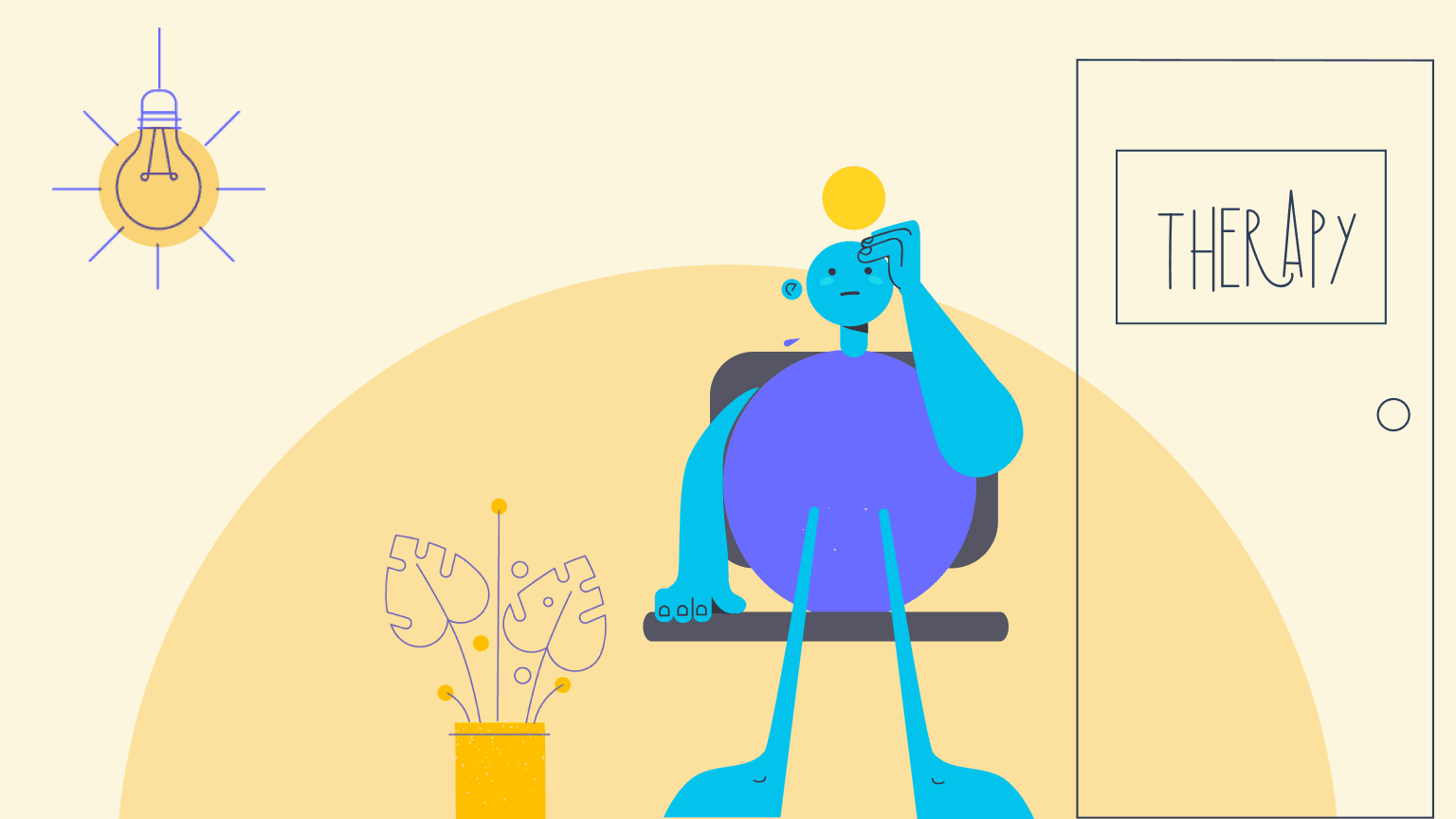Guideline Procedures in Psychotherapy

Currently, four therapeutic approaches are used as so-called guideline procedures for the treatment of mental illnesses.
Anxiety disorders are well treatable through psychotherapy. Currently, four therapeutic approaches are used as so-called guideline procedures for the treatment of mental illnesses. They are called guideline procedures because they are scientifically recognized, their quality has been tested, and they are medically necessary. Thus, the costs for psychotherapy for mental illnesses are covered by health insurance providers.
What Are the Guideline Procedures?
The four guideline procedures are:
- Analytical Psychotherapy
- Depth Psychology-Based Psychotherapy
- Behavioral Therapy
- Systemic Therapy
Analytical Psychotherapy
Analytical Psychotherapy (AP) is the oldest therapeutic method and evolved from psychoanalysis. Most of us have heard of its founder, Sigmund Freud.
According to Analytical Psychotherapy, mental illnesses are caused by inner conflicts that arose in the first years of life. Because the associated feelings and memories were so painful, they were repressed into our unconscious by our psyche for protection. We therefore have no conscious access to them, even though they continue to influence how we feel, think, and act. They can thus stand in the way of healthy psychological development.
In treating anxiety disorders, the inner conflict from the past that now triggers anxiety in the present is identified. To do this, we are supposed to speak freely about everything that comes to mind, without judging or evaluating it. Repressed feelings and memories are meant to return to consciousness and be experienced again. The goal is to resolve the conflict and the anxiety through a deep understanding of ourselves. The therapist offers themselves as a neutral projection surface. To avoid influencing our process, they usually say very little and only occasionally help to interpret trains of thought. That's why in classical AP, the therapist also sits out of sight behind us while we lie down.
Analytical Psychotherapy is a very intensive long-term therapy and usually takes place 2-3 times a week, extending over several years (160–300 sessions).
Depth Psychology-Based Psychotherapy
Depth Psychology-Based Psychotherapy is often simply called Depth Psychology or DP for short. Just like Analytical Psychotherapy, Depth Psychology also evolved from psychoanalysis and sees the cause of mental illness in inner conflicts from the past.
In treating anxiety disorders, research is conducted into causes so that we can uncover past inner conflicts and develop a deep emotional understanding of our fears. Unlike Analytical Psychotherapy, however, the treatment goal in Depth Psychology is clearly defined. Furthermore, the function that the anxiety serves in the present is given more prominence, and work is done on finding a better way to deal with it. The therapist also sits opposite us during conversations.
The overall treatment duration is somewhat less intensive, about 1-2 times a week for a total of 25 to 100 sessions.
Behavioral Therapy
The premise of Behavioral Therapy (BT) is that mental illnesses come about through unfavorable learning experiences. We have learned problematic behavior that, in combination with stressful experiences, can trigger a mental illness. In therapy, it's about unlearning these problematic behaviors and newly learning more useful behaviors. An extension of Behavioral Therapy is Cognitive Behavioral Therapy (CBT), which, beyond the behavioral level, places a focus on our perception and thinking (cognition). We learn to question perceptions as well as thinking and behavioral patterns and adapt them to our current life situation.
Anxiety disorders are usually treated with confrontation therapy (also called exposure therapy). The goal is to dissolve our anxiety by repeatedly confronting ourselves with anxiety-triggering situations and physical symptoms (= confronting ourselves). This allows our fear center to get used to it and learn that there is no danger.
BT/CBT typically takes place once a week and lasts about 24–80 sessions. Between sessions, homework is often assigned to practice and solidify new behaviors and skills.
Systemic Therapy
Systemic Therapy (ST) has been recognized as another guideline procedure since July 1, 2020. This means it has also proven to be effective.
The basic attitude of systemic therapists is "a disturbed psyche is the expression of a disturbed system." Our system primarily includes our family members, but also other people and institutions, such as our colleagues and workplace. Each of us with our various internal parts also represents a system within ourselves. The development and maintenance of mental illnesses is therefore always seen in a context of relationship processes and is also meant to be resolved within this context. People involved in the system don't necessarily have to be present. We can think of it like a mobile. When we tap one figure, the position of the other figures changes as well.
In treating anxiety disorders, the anxiety is seen as part of the system. The anxiety is both an indicator that something has gotten out of balance and at the same time a solution attempt to bring everything back into balance. This function of the anxiety must first be acknowledged, and then an alternative solution approach is worked out together. The therapist repeatedly provides impulses to "disturb" the system. That is, to tap a figure of the mobile so that something changes in the whole system. To make systemic structures more vivid and experiential, much work is also done in physical space. For example, we might position ourselves in relationship to the anxiety or another person from our system, change these positions, and sense what it does to us. Systemic therapists also ask many questions in which we adopt the perspective of others on ourselves. For example, "How would your partner recognize that the anxiety has decreased?"
Systemic Therapy assumes that only an impulse for change is given during treatment sessions, but the actual change takes place in daily life within our system. That's why the intervals between sessions are longer and more irregular. This is entirely based on our needs. ST is intended as short-term therapy with 12 to 48 sessions.




